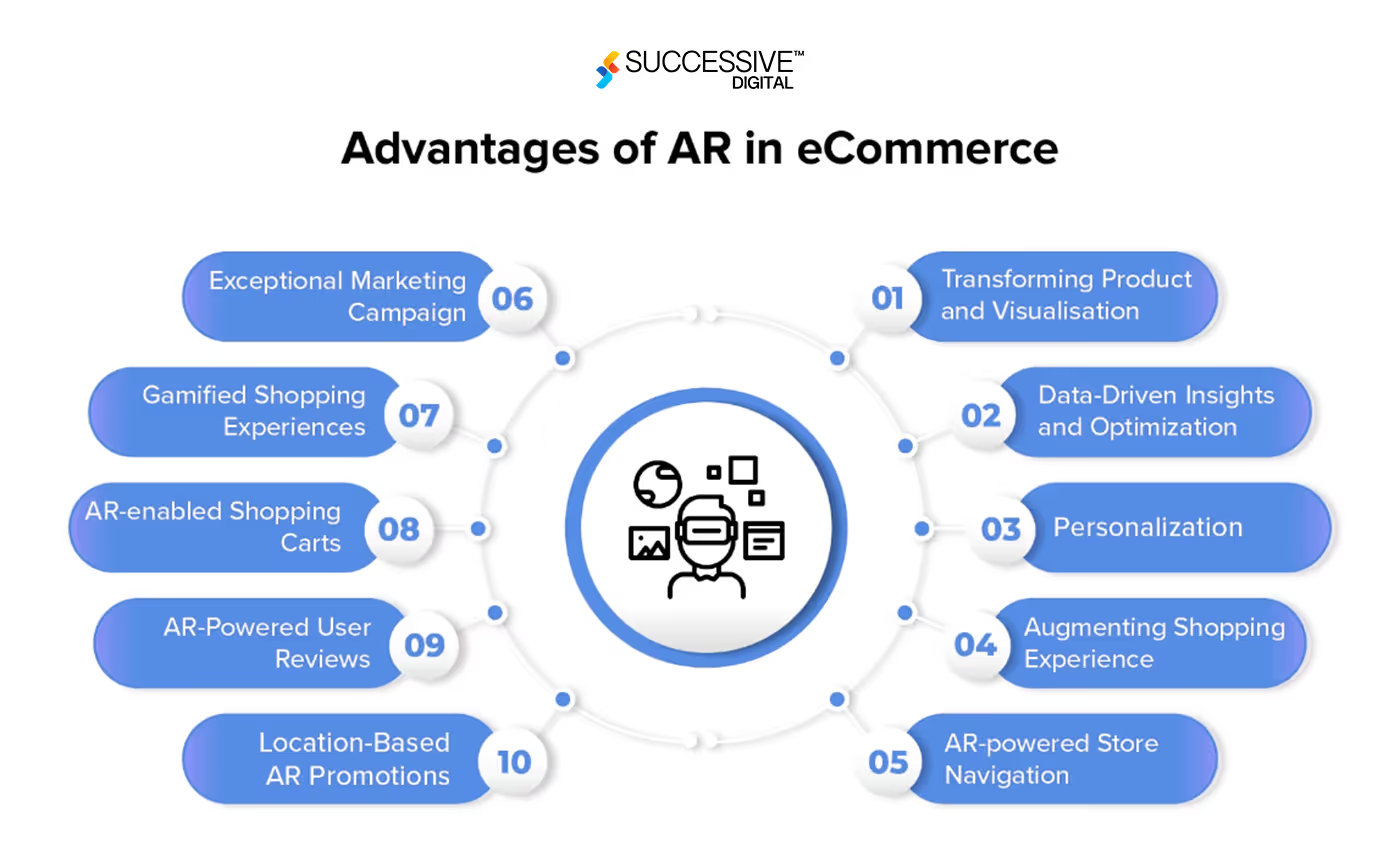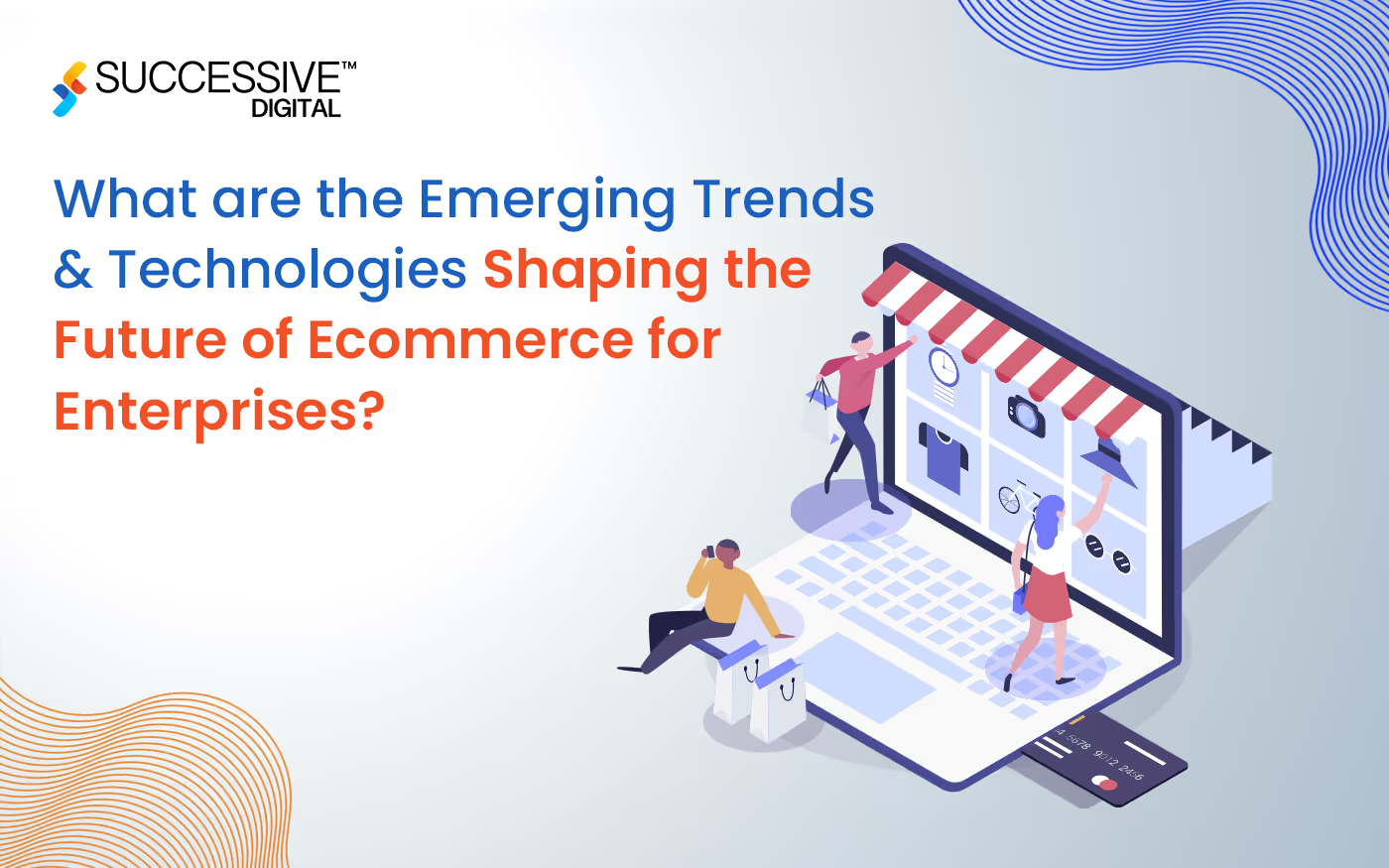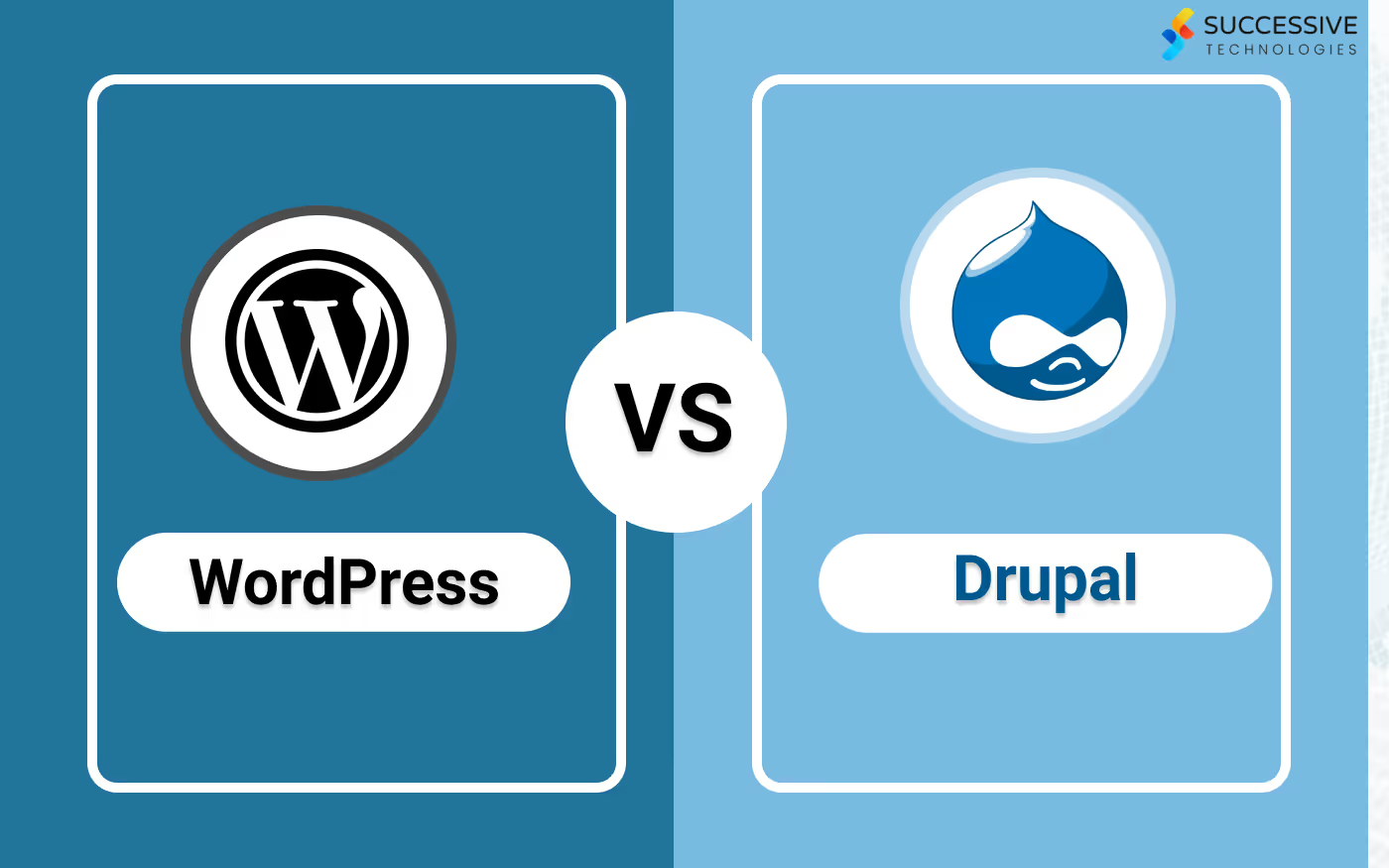In the dynamic world of e-commerce, transformation is not just static; it is reshaping how businesses are run and how consumers shop. With each passing day, new technologies emerge, consumer behavior changes and the market environment evolve, creating complexity and possibility for companies to navigate this digital frontier. From the rise of voice commerce to blockchain connectivity, sustainable practices, and beyond, the blog will delve into the driving forces behind these changes, offering insights and ideas illuminating the way forward for organizations looking to succeed in this future of ecommerce technology.This blog will explore through the ever-changing landscape of e-commerce and emerging trends along with its countless benefits and challenges that are not just shaping but shaping the future for today’s enterprises.
Voice Commerce: Redefining the Shopping Experience
Gone are the days of searching through unlimited product lists or writing complicated search terms. Voice commerce enables consumers to articulate their true desires, driving digital assistants to find, compare, and shop easily. This seamless integration of technology in e-commerce is not only the most efficient and time-saving but also the most convenient, empowering for customers to shop anytime and wherever the inspiration strikes.

Companies are increasingly integrating voice marketing capabilities into their e-commerce channels to increase customer engagement and streamline the buying process. By leveraging machine-enabled natural language processing capabilities, organizations can personalize recommendations and deliver tailored shopping experiences based primarily on gender privilege and beyond behavior.In addition, the voice service opens up new opportunities for hands-free shopping, especially in areas where consumers may have less access to traditional devices, including while riding or doing housework. As the technology matures, organization must invest into the voice-powered commerce systems and optimize their e-commerce channels to exploit this emerging trend.
Blockchain: Enhancing Security and Transparency
A blockchain is a distributed ledger of continuously evolving transactions, or blocks, linked together in a tamper-resistant chain. This decentralized architecture ensures that no single entity has control over the entire community, reducing threats subject to manipulation or privileged unauthorized access.In ecommerce, blockchain holds significant promise as the future of ecommerce technology for security and transparency throughout the distribution chain. By keeping an immutable and transparent record of every transaction, blockchain eliminates the possibility of tampering or fraud, creating a verifiable report of every stage of the network, and mitigating any risk.In addition, blockchain allows for secure and frictionless peer-to-peer transactions without intermediaries, reducing cost and delays associated with traditional mechanisms. Intelligent contracts created using blockchain automate and use contract agreements to ensure wording conditions and completion precisely as planned, without the need for human intervention.In addition to transaction security, blockchain also offers unprecedented insights, enabling consumers to search product origins and authentication with ease of scanning embedded QR codes or NFC tags with blockchain-enabled records giving users access to more data closer to object, including its base.Also, blockchain could change the way companies handle counterfeiting and distribute inefficient chains. By introducing primarily blockchain-based solutions for authenticated and traceable transactions, companies can preserve their prestigious brands repute, reducing their exposure to legal liability.
Sustainable Practices: Meeting Consumer Expectations
With an increasing focus on environmental crises and social responsibility, consumers place greater priority on sustainability and ethical sources when making business decisions. Companies operating in the e-commerce sector are forced to adopt sustainable practices throughout their distribution chain, from sourcing raw produce to packaging and distribution.E-commerce platforms are responding to this ecommerce future trend by offering greener choices, recycling programs, and reducing carbon emissions through changes in logistics solutions. Partnership with sustainable suppliers and renewable energy sources, companies can reduce their environmental footprint to appeal their environmentally conscious customers.
Technological Innovations: Embracing AI and Augmented Reality

Augmented reality is the future of ecommerce technology enabling consumers to visualize products in their real-world environment before purchasing, reducing uncertainty, and increasing confidence in purchasing choices. By integrating AR capabilities into ecommerce platforms, companies can customize experiences of customer purchases, driving engagement and conversion costs.Additionally, AI-driven chatbots and virtual assistants are revolutionizing customer support and services in ecommerce, providing immediate answers to questions, solving problems more efficiently, and delivering personalized recommendations.
Strategic Considerations: Adapting to Market Dynamics
Strategic partnerships and collaboration can also play a key role in driving ecommerce success, enabling organizations to enter new markets, scale their products and services, and unleash the strengths of the global ecommerce space.Additionally, companies need to spend on acquiring knowledge and organizational skills to foster a tradition of innovation and agility. Companies can drive relentless growth and maintain the edge in an increasingly complex and volatile e-commerce landscape by developing the capabilities and tools required to adapt and enable new technology in e-commerce.
Emerging Trends and Technologies
Mobile Commerce (M-commerce) Revolution:
The wide adoption of smartphones and devices has put enterprises under severe pressure in e-commerce. Companies are optimizing their websites and apps for mobile devices; making them response, and mobile-friendly to provide customers with customized and personalized shopping experience.
Social Commerce Integration:
In the increasingly modernized world of international communication, social media platforms have evolved beyond mere means of communication and leisure—they have evolved into powerful engines for marketing and branding and also one the promising ecommerce future trends. Social commerce, a combination of social media and ecommerce, where companies use social graphs to engage with consumers, inspire consumer choices, and publish deals that drive better user engagement.Social commerce represents a paradigm shift in how organizations engage with their audiences, blurring the challenges between marketing, communication, and content exchange. Social media platforms offer many functions and functionality, from Instagram shoppable posts to Facebook marketplaces. Brands can showcase merchandise, facilitate communication, and enhance networking—all in just one platform.At its core, social marketing leverages the social nature of the online social network and uses brands, peer recommendations, and social testimonials to drive and affect purchase logic, purchase behaviors, and capabilities, whose channels may not be visible to traditional e-commerce channels.
Subscription Ecommerce Models:
Subscription-based e-commerce models are gaining popularity among consumers seeking convenience, cost, and personalized learning. Companies are developing subscription offers for a wide range of products, including beauty, fashion, food, entertainment, and curated selection; they offer automatic replenishment and special perks for customers.
Hyper-Personalization and Predictive Analytics:
Leveraging predictive analytics, organizations can capture customer needs in real-time, make product recommendations, and drive conversions.
Don’t let outdated eCommerce systems hinder your business growth.
Download our AI in eCommerce whitepaper to understand the capabilities of this technology and how it can help you achieve business excellence.
Click Here to Download
Voice Search Optimization:
As voice-enabled devices and virtual assistants increase, companies adapt their ecommerce programs for voice search queries and natural language keywords in voice search optimization techniques. In addition, modifying item descriptions for voice search and providing concise and relevant responses to primarily voice-based questions is one of the prominent ecommerce technology trends.
Contactless Payments and Digital Wallets:
In an era where speed and convenience are paramount, contactless payments and wallet automation are transformational forces that reshape the payment landscape. Customers can quickly and securely complete transactions with a simple tap without the hassle of physical cash or cards.The contactless payment system uses Near Field Communication (NFC) technology to allow seamless communication with a smartphone, smartwatch, or contactless game card. This frictionless payment reveals not only best complements convenience for clients but also reduces transaction time and complements basic business operations.Contactless payments and digital wallets are transforming the way people pay, offering a faster, more convenient, and more stable alternative to cash payment methods then the traditional ones.Digital wallets secure price information in mobile apps, allowing customers to buy online or save prior payment information easily. With tokenization and biometric authentication capabilities, digital wallets provide robust security features, protecting valuable tangible information from unauthorized access or fraud.
Augmented Reality for Virtual Try-Ons:
Companies use AR systems to allow virtual try-ons, and consumers can visualize the real-world and experiences before purchasing. Envisaging how the product looks and fits in the situation reduces returns and increases customer satisfaction.
Edge Computing:
Edge computing technology enables companies to deliver faster and more efficient ecommerce experience by processing information closer to the intake point. As one of the prominent technologies in e-commerce the edge computing infrastructure is deployed locally, it can reduce latency and improve overall website performance.
.avif)










.jpg)









